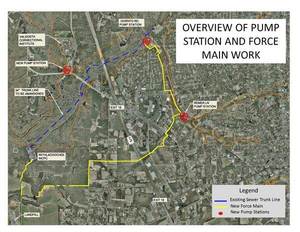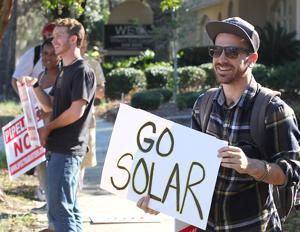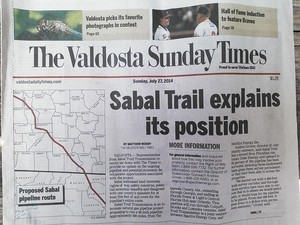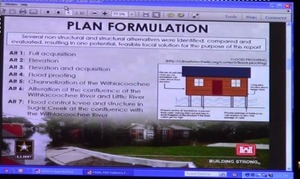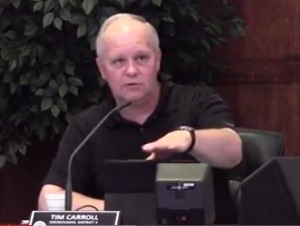Water matters, too, said a comment yesterday on We all live in Lowndes County: Valdosta Draft Resolution Against Sabal Trail Pipeline @ VCC 2014-12-09. The Valdosta City Council votes tonight at 5:30 PM on this resolution. And don’t forget to get your comments or motions to intervene to FERC before the deadline of 24 December 2014. -jsq
Many thanks to Tim Carroll for adding the part about this important environmental issue which affects everyone in the city of Valdosta and Lowndes County as well. This is not just about the property rights of a few concerned citizens although those are important as well and demand protection from elected politicians.
–Don Thieme


